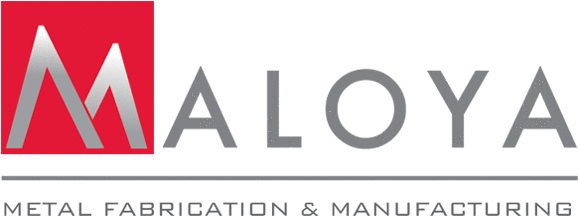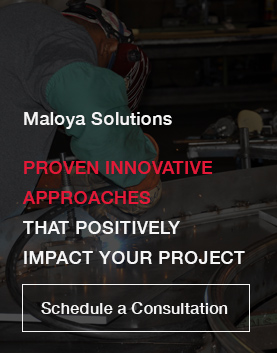When Is CNC Machining the Right Choice for a Project?
CNC machining is highly versatile and capable of producing parts with a high level of accuracy and superior physical properties.
From metals to plastics to wood, this versatile technology is appropriate for just about any material, although some are more conducive than others.
And because so much of the CNC machining process is automated, it offers highly competitive pricing for projects that involve one-off, custom parts or for mid-range-volume productions.
What Is CNC Machining?
Very briefly, CNC machining is a digital technology that uses CAD (computer-aided design) files to manufacture parts.
Unlike additive or formative technologies like 3D and injection molding, it uses material-removal methods to form the final product.
CNC machining has many varied applications, including:
- Space.
- Aerospace.
- Automotive.
- Product design and development.
- Electrical and electronic manufacturing.
- Tooling and industrial manufacturing.
- Sports and motorsports.
What Kinds of Projects Are Conducive to CNC Machining?
There’s a lot to consider when deciding if CNC machining is the right choice for your project, especially during the design process. Volume and mechanical property requirements are important to consider, for example.
CNC machining is an excellent choice for:
- Designs conducive to metal.
- Designs with relatively simple geometry.
- Small- to medium-volume projects.
- One-off projects.
- Designs that require a high level of dimensional accuracy.
Sometimes it’s easier to understand the CNC machining approach in the context of similar methods, in order to better answer the basic question of whether CNC machining is the right process for your project.
When Is 3D Printing a Good Choice?
Undoubtedly, 3D printing technology revolutionized the machining industry. But it’s not right for every project or budget.
If you’re looking to manufacture an inexpensive plastic prototype or a part designed using specialty materials, 3D printing may be your best bet.
3D printing is a good choice if your part has intricate geometrical requirements or if you’re looking for an especially speedy turnaround.
Unlike CNC manufacturing, however, 3D printing doesn’t scale well for larger volumes since the unit price is fairly stable.
What About Forming Technologies?
When you’re seeking economy of scale, investment or die casting for extremely high-volume metal part projects is a good choice.
Similarly, if your design requires plastic and you need a lot of parts, injection molding may be your best option.
Either of these methods is generally only cost effective for 1,000 or more parts, and both involve very high start-up costs.
When Is CNC Machining the Best Option?
There are some basic guidelines to follow when making this decision, but the bottom line is that if your part design is conducive to metal, involves relatively simple geometry and can be manufactured using a subtractive process (versus formative), CNC machining is an excellent choice.
Small- to Medium-Volume Projects
CNC manufacturing is less expensive for small- to medium-volume and one-off projects while offering a greater level of dimensional accuracy with superior mechanical properties.
Because this process doesn’t require special tooling, on-demand or custom one-off parts and prototypes aren’t cost prohibitive to produce.
Designs Requiring Exceptional Physical Properties
Because CNC machined parts are characterized by exceptional physical properties, they’re ideal for designs requiring very high levels of performance and tight tolerances.
Material Considerations
Also, because such a wide variety of hard materials can be CNC machined—from aluminum to stainless steel to polycarbonate—designers have a great deal of flexibility when drafting their concept.
Taking Advantage of Economies of Scale
The CNC machining process involves a significant start-up investment, mainly as a result of the process planning aspect. Unlike 3D printing, for example, CNC machining requires the input of a specialist at the outset, which can be expensive.
But because CNC start-up costs are fixed and can be spread over multiple parts, designers can take advantage of economies of scale since the cost per unit goes down with higher volumes.
Simple Projects
Since CNC uses subtractive technology, costs go up with more complex geometries, so simpler projects will be less expensive to produce. (Bear in mind, CNC machining generally comes with more design restrictions. Parts with internal geometry or steep undercuts can’t be CNC machined at all, for example.)
Quick Turnaround, Lower Costs
State-of-the-art CNC technology, digital supply chains and CAM software packages all have made it possible to achieve accelerated production times, sometimes with turnaround times comparable to 3D printing, at a very low cost.
Working with CNC Machining Experts
If you’ve decided your project is ideal for CNC machining, we invite you to visit Maloya Metal Fabrication & Manufacturing here to learn more about how our dedication to excellence can benefit you.
We’re proudly ISO 9000 certified and maintain ongoing Kaizen training programs for all employees.
We have quality-control mechanisms in place during every phase of a project and use market-leading MieTrack production planning software to deliver high-quality, defect-free products on time and within budget.
When it comes to CNC machining, it pays to work with the experts!



.png?width=80&name=Untitled%20design%20(37).png)






